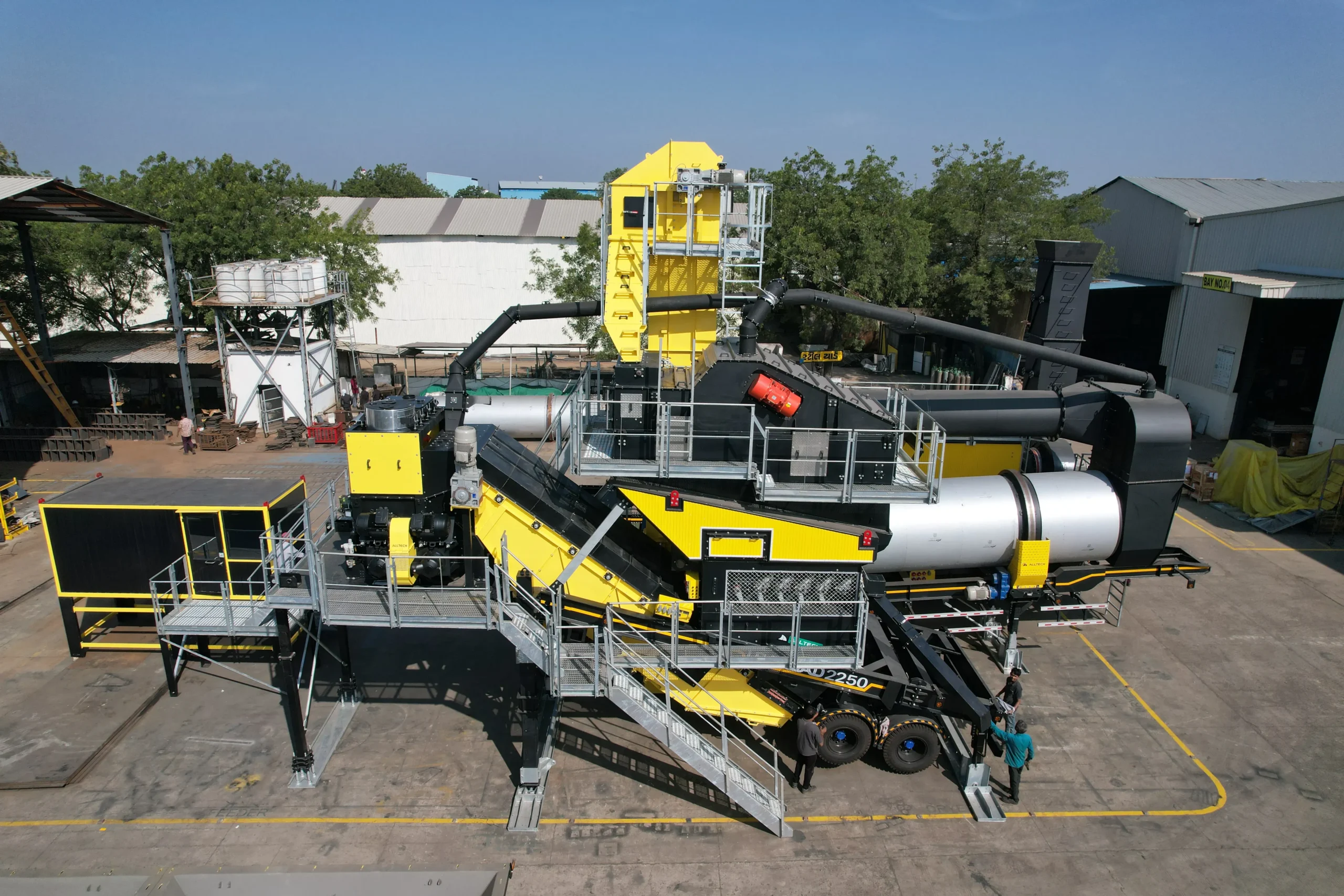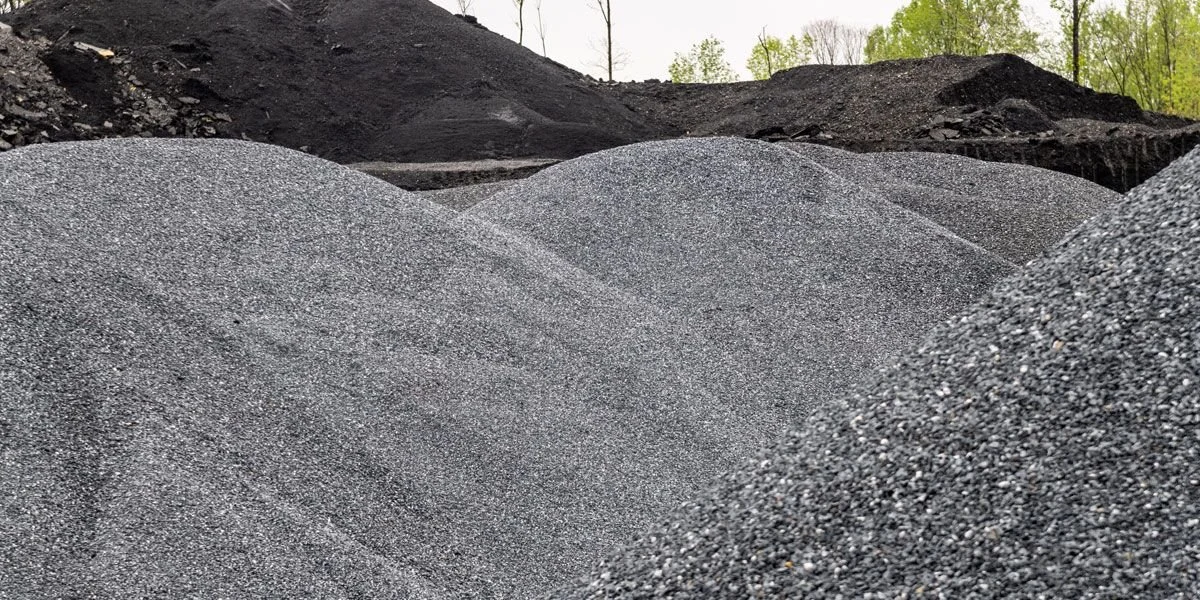
Asphalt pavement is a popular choice for roads, parking areas, residential streets, airport runways, and industrial zones due to its smooth finish, durability, and cost-effectiveness. However, over time, these surfaces deteriorate due to weathering, traffic loads, and oxidation. To preserve pavement condition and avoid costly rehabilitation, pavement microsurfacing has emerged as a leading solution.
In this blog, we’ll explore what pavement microsurfacing is, its key benefits, and its diverse applications across various pavement types.
What is Pavement Microsurfacing?
Pavement microsurfacing is a cold-applied, thin surface treatment used to extend the lifespan of asphalt pavements. It is made from a specially engineered mix of polymer-modified bitumen emulsion, high-quality aggregates, water, and performance-enhancing additives.
The slurry mix is applied using specialized equipment that evenly distributes and smooths the material across the pavement surface. Unlike resurfacing, microsurfacing does not require milling or removing the existing layer, making it a fast, efficient, and cost-effective maintenance strategy.
Benefits of Pavement Microsurfacing
Pavement microsurfacing offers multiple advantages, both functionally and economically:
- Extends Pavement Life: Creates a protective barrier that shields the surface from moisture, UV damage, and oxidation.
- Restores Skid Resistance: Enhances surface friction, improving safety for drivers and pedestrians.
- Improves Appearance: Refreshes the blacktop finish, restoring a clean, uniform look.
- Cost-Effective Maintenance: Significantly less expensive than traditional resurfacing or reconstruction.
- Quick Application & Curing: Roads can be reopened to traffic in just a few hours, reducing disruption.
Applications of Pavement Microsurfacing
A. Highways and Major Roads
High-volume roads face constant stress from heavy vehicles and weather conditions. Pavement microsurfacing is ideal for:
- Correcting rutting and minor deformations
- Sealing fine cracks and oxidized surfaces
- Restoring surface texture and friction
Because of its quick-curing nature, microsurfacing is well-suited for night work or phased lane closures, minimizing traffic disruption.
B. Parking Lots
Parking areas experience stop-and-go traffic, turning, and prolonged vehicle presence. Microsurfacing helps by:
- Sealing minor surface cracks
- Enhancing appearance and surface uniformity
- Preventing water infiltration that leads to structural damage
Businesses benefit from a rejuvenated surface with minimal interruption to operations.
C. Residential Streets
Residential pavements often suffer from aging, surface raveling, and small cracks. Microsurfacing:
- Improves neighbourhood aesthetics
- Reduces dust and loose debris
- Enhances safety and driving comfort
Homeowners and local councils appreciate this low-impact yet highly effective pavement treatment.
D. Airport Runways
In aviation, skid resistance and surface integrity are vital. Pavement microsurfacing delivers:
- Enhanced friction for safe aircraft landings
- UV- and weather-resistant surface protection
- Quick application to avoid extended runway closures
Airports worldwide use microsurfacing as a reliable maintenance method that ensures operational safety and efficiency.
E. Industrial Zones and Facilities
Pavements in industrial areas are exposed to heavy equipment, oil spills, and chemical loads. Microsurfacing offers:
- Improved surface durability and abrasion resistance
- Protection from water, oil, and chemical damage
- Better traction and load-bearing performance
Factories, warehouses, and logistics parks rely on microsurfacing to maintain high-functioning infrastructure.
Selecting the Right Pavement Microsurfacing Contractor
To achieve optimal results, it’s essential to work with a qualified and experienced contractor. When evaluating providers, consider:
- Project Experience: Proven track record in various pavement types
- Modern Equipment: Up-to-date machinery and precise application techniques
- Material Quality: Use of polymer-modified emulsions and premium aggregates
- References and Results: Testimonials, case studies, and before-after project visuals
- Transparent Proposals: Detailed quotations with clear timelines and specifications
Conclusion: Pavement Microsurfacing—A Smart Investment in Surface Longevity
Pavement microsurfacing is a practical, sustainable, and budget-friendly maintenance solution for asphalt surfaces. Whether it’s a bustling highway, a quiet neighbourhood, or an industrial complex, microsurfacing helps restore function, appearance, and safety with minimal disruption.
By investing in proactive maintenance through microsurfacing, municipalities, property owners, and contractors can preserve infrastructure, reduce lifecycle costs, and ensure long-lasting performance.
Give Your Pavement a New Lease on Life
Don’t wait for minor cracks to escalate into major damage. Choose pavement microsurfacing as your go-to maintenance strategy and keep your surfaces in top condition. Contact a trusted contractor today and experience the difference!





